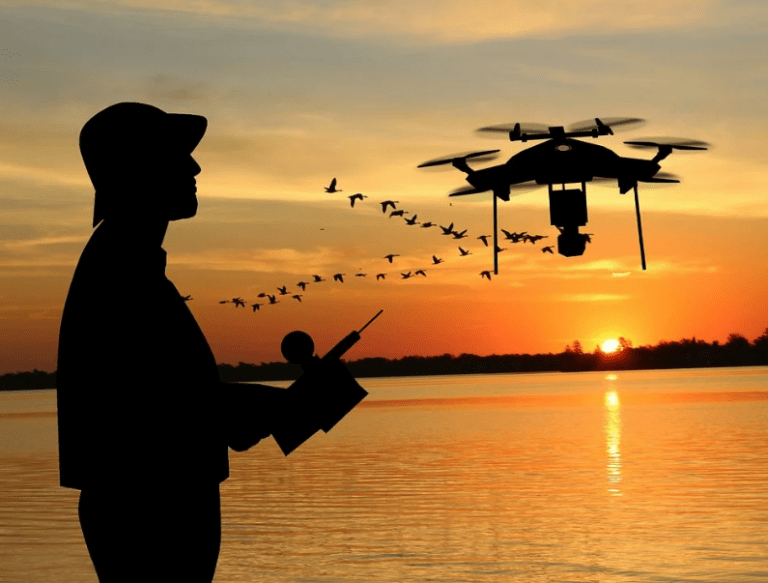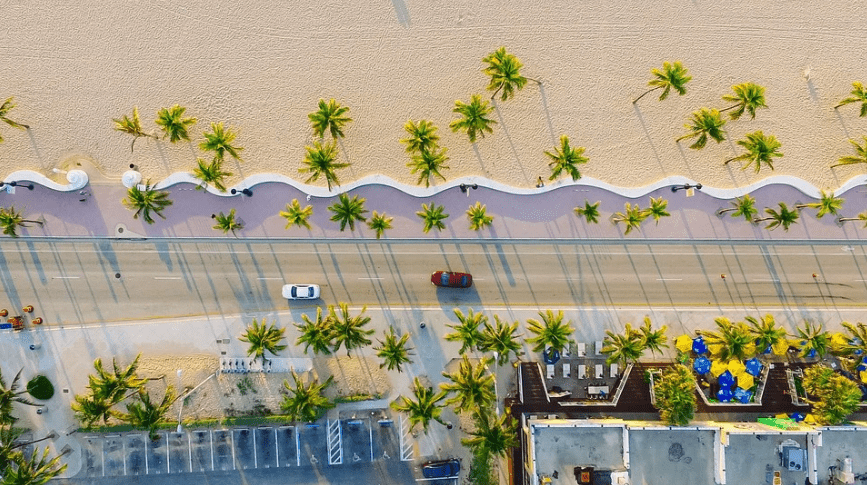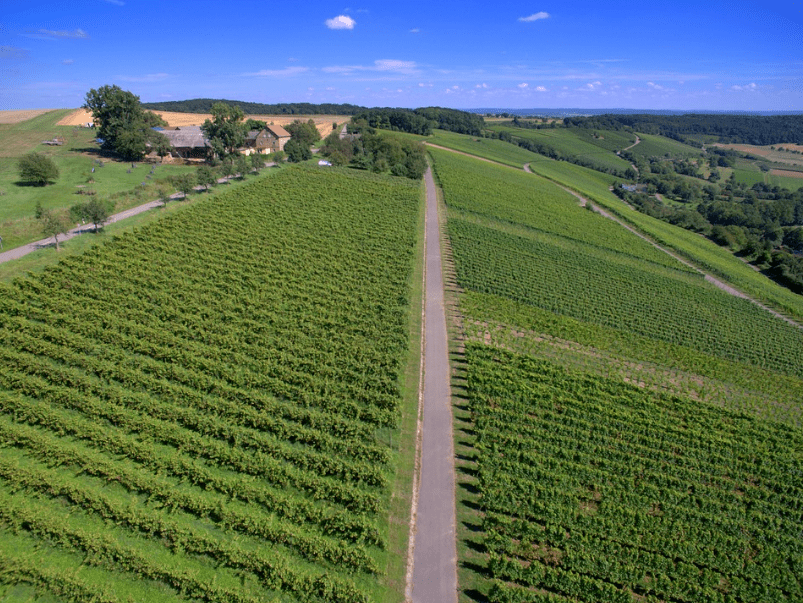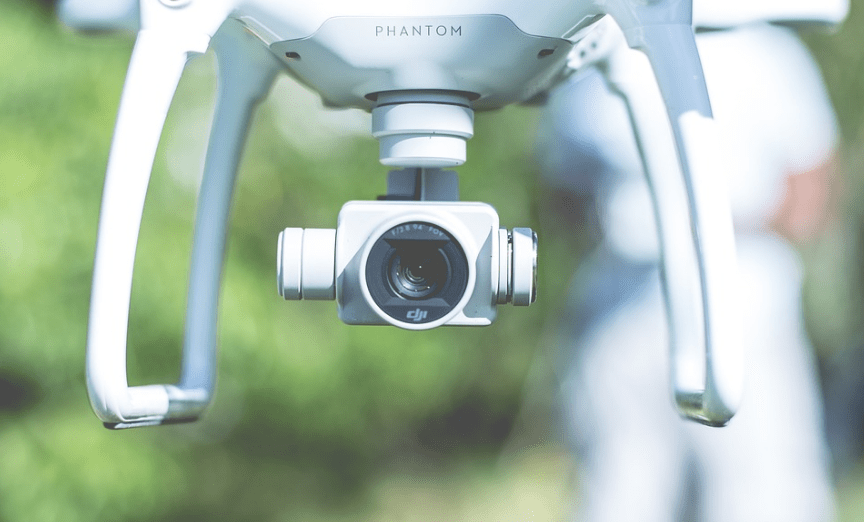Among the different kinds of photography, drone photography has become popular over the years. In addition to giving photography enthusiasts the option to take photos from a unique point of view, it also offers more versatility, most especially for professional use. With this, many photographers are now incorporating aerial photography into their services, giving their clients more diverse options.
Drone photography is one of the amazing modern photography niches out there that are worth trying, especially if you are into adventures. However, to be able to take high-quality photos and maximize the use of your drone, you need lots of practice and learn different skills. If you are looking into trying out drone photography, we are here to help you. Today, we are giving you the ten best tips for drone photography.
1. Fly your drone in a smart way.
If you are just starting with drone photography, one of the best drone tips we can give is to learn how to pilot your craft effectively. When you practice your drone flying skills a lot, the mechanics of your aerial system can become an afterthought. This will allow you to focus more on what’s important, which is to take stunning photos.
For beginners, it is advisable to practice using a trainer drone. Choose an inexpensive one and learn to fly first before investing in a more expensive drone. Some popular drone brands like 3DR and DJI enable customers to practice their flying skills on virtual flight simulators, too.
In addition to that, another way to fly your drone smart is by keeping it safe and legal. Before you fly your drone, make sure to do your research and comply with local and federal laws. Also, before you use it, make sure that you check if it is in good condition and safe to be used.
2. Always check the UAV forecast.
Another important thing you should always remember when taking your drone out for a photography session is to check the UAV forecast. This will provide you with essential information for the safety of the drone, the pilot, buildings, and other people around the area. This forecast will also tell you which areas are off-limits, what the weather will be like for the day and the number of GPS satellites that are active within the area. Checking the forecast can help you in planning your shoots well.
3. Always take photos in RAW format.
One great tip in drone photography is to take photos in digital RAW format. This way, you will have more control over image post-processing. In addition to that, doing this will also give you uncompressed, lossless image data from the sensor. Doing this will also help preserve resolution and other details like levels and brightness, allowing you to make exposure and color adjustments without making the photo look posterized or unnatural.
4. Use the thirds grid overlay for composition.
The most important aspect of an image is composition. It’s because it is the one that dictates the arrangement of all the visual elements in the frame, as well as the balance between negative and positive space and the balance of colors within the image. For normal cameras, it is easy to practice taking photos to have your desired composition. However, when using drones, you need to do it fast because drones can only fly up to 25 to 30 minutes.
Therefore, to make sure that your photos are properly composed, ensure that you frame your images using the thirds grid overlay. Using an overlay grid can also help avoid any unnecessary cropping in the post-processing stage.
5. Always use a lower ISO.
Most drone cameras have small sensors, which are not great when it comes to high ISO settings. It means that using high ISO settings on drones might end up with unwanted grain and noise, especially when it is set higher than 100. Therefore, try to stick to the lowest possible ISO setting. Also, when shooting in shady or windy places, open up your aperture or use a slower shutter speed to let more light in and still maintain the lowest ISO. This will result in clean and sharp images.
6. Don’t be afraid to improvise.
There are times when unexpected things might happen on your shooting day. The weather may change, a location may suddenly become off-limits, and more. In situations like these, you need to learn how to improvise and make do with what you have. For example, if the sky suddenly becomes gloomy, you can use that to change the mood of your photos. Be creative and turn less-than-ideal situations into an unexpected opportunity to take wonderful photos.
7. Try panoramic shots to create higher resolution images.
Most drone cameras have a low megapixel count, which limits their photo resolution, except those expensive ones, of course. But if you need bigger images with more pixels for a higher resolution image, try to use the panorama technique. If your drone has a Panorama Mode, you can do this easily. But if it doesn’t, you can take several shots while panning the camera to take more of a certain scene, then stitch the photos together via editing software to make a single, high-resolution image.
8. Use some camera lens filters.
Lens filters are also helpful in drone photography, especially when you are working in difficult lighting conditions. These can help in controlling the light that reaches the sensor, enhance colors, and suppress glare or reflections. Filters may not be one of the most important accessories for drone photography, but they can be essential in achieving better results for your images. Also, ensure that you pick the best filters that will cater to your needs, as there are many different types of filters in the market today.
9. Always be prepared for your drone photography session.
When you plan to try drone photography, you need to make sure that you find a place that is suitable for the battery life of your drone. Try to make a list of the possible nearby locations that you can go to. You can use tools like maps to examine the feasibility of each location. Think about the backdrop of your image when you do your shoot in that place, and as well as how the light would interact with your subject at different times of the day.
10. Don’t forget to bring extra batteries.
It is also important to bring some extra batteries for your drone. You can use one full battery of your drone to explore first the environment where you are shooting and try to envision perspectives, frames, and compositions. After that, you can use your extra battery to execute the shots you have in mind.
These are some of the best tips we can share when it comes to drone photography. When you do it creatively in a breathtaking location, you will be able to come up with fun and meaningful photos that are unique from the usual drone photos that you see online. We hope these tips will help you in your upcoming drone photography session.



